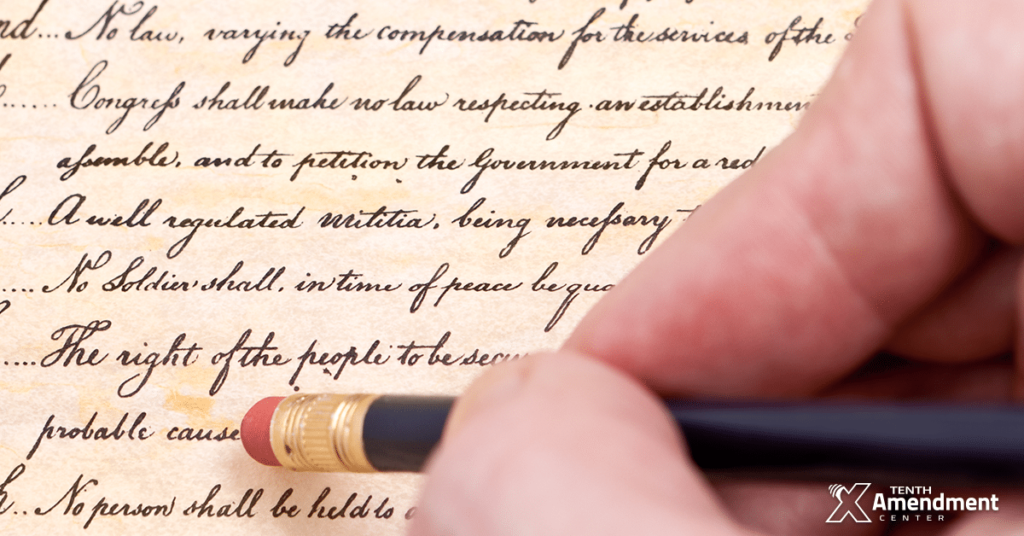The Oakland City Council recently gave final approval to an ordinance banning facial recognition in that city. This is part of a broader movement at the state and local level to ban outright or at least limit this invasive surveillance technology.
So, what’s the big problem with facial recognition?
There are plenty.
In the first place, it’s just not very accurate, especially when reading African American and other minority facial features. It gets it wrong a lot of the time.
This isn’t just theoretical musing. During a test run by the ACLU of Northern California, facial recognition misidentified 26 members of the California legislature as people in a database of arrest photos.
But as ACLU attorney Matt Cagle said, this isn’t a problem that can be fixed by tweaking an algorithm. There are more fundamental issues with facial recognition. Government use of facial recognition technology for identifying and tracking people en masse flies in the face of both the Fourth Amendment and constitutional provisions protecting privacy in every state constitution.
Berkeley, California, City Councilmember Kate Harrison is pushing for a facial recognition ban in her city. In her recommendation of the ordinance, she pointed out the inherent constitutional problem with facial recognition.
It eliminates the human and judicial element behind the existing warrant system by which governments must prove that planned surveillance is both constitutional and sufficiently narrow to protect targets’ and bystanders’ fundamental rights to privacy while also simultaneously providing the government with the ability to exercise its duties.
Facial recognition technology automates the search, seizure and analysis process that was heretofore pursued on a narrow basis through stringent constitutionally-established and human-centered oversight in the judiciary branch. Due to the inherent dragnet nature of facial recognition technology, governments cannot reasonably support by oath or affirmation the particular persons or things to be seized. The programmatic automation of surveillance fundamentally undermines the community’s liberty.
Facial recognition puts every person who crosses its path into a perpetual lineup without any probable cause. It tramples restrictions on government power intended to protect our right to privacy. It feeds into the broader federal surveillance state. And at its core, it does indeed fundamentally undermine liberty.
Michael Maharrey [send him email] is the Communications Director for the Tenth Amendment Center, where this article first appeared. He proudly resides in the original home of the Principles of ’98 – Kentucky. See his blog archive here and his article archive here. He is the author of the book, Our Last Hope: Rediscovering the Lost Path to Liberty. You can visit his personal website at MichaelMaharrey.com and like him on Facebook HERE
Subscribe to Activist Post for truth, peace, and freedom news. Follow us on Minds, Twitter, Steemit, and SoMee. Become an Activist Post Patron for as little as $1 per month.
Provide, Protect and Profit from what’s coming! Get a free issue of Counter Markets today.


Be the first to comment on "What’s the Big Problem With Facial Recognition?"